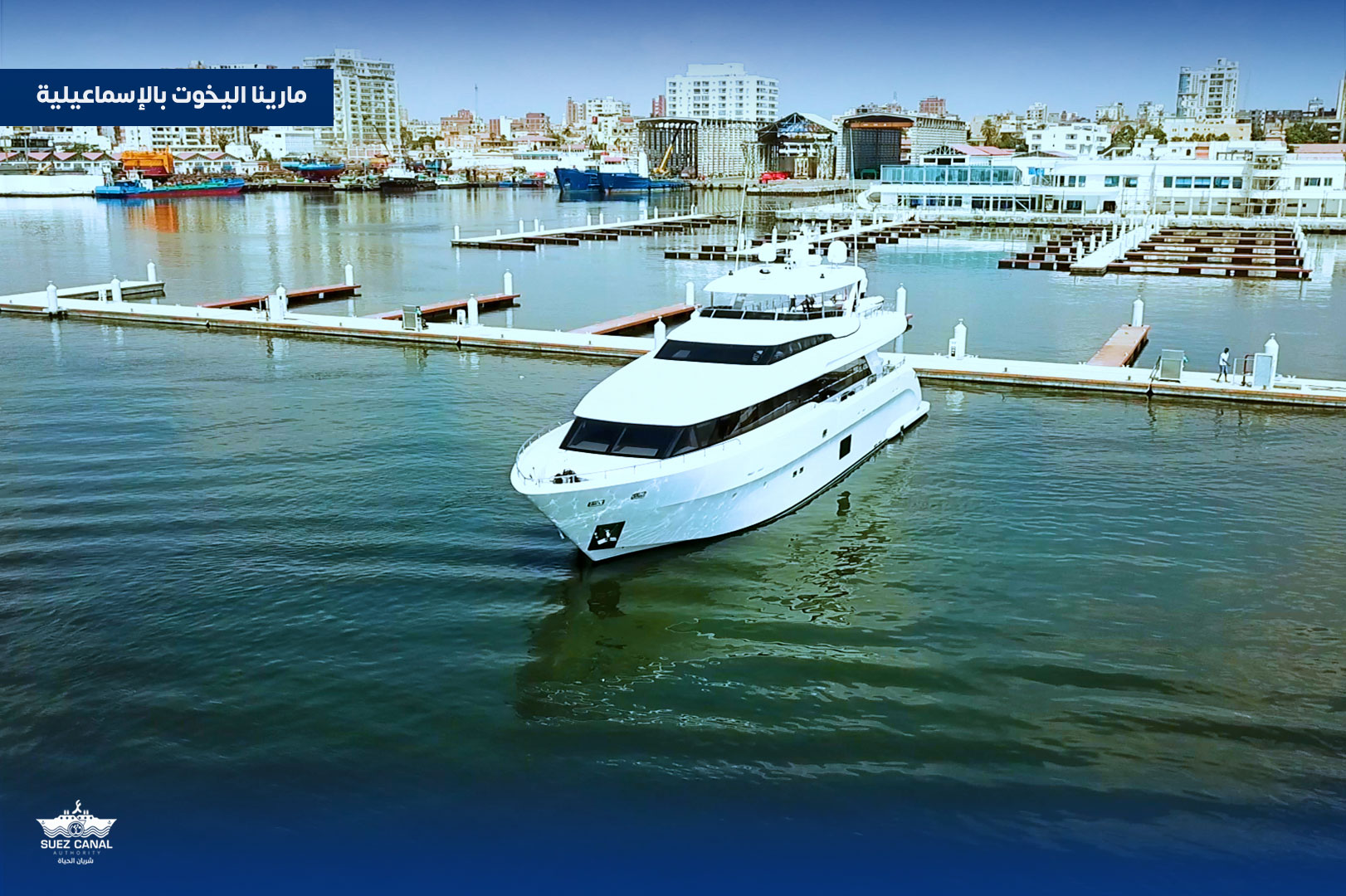A reliable project partner will deliver what project managers and shipyards need, when they need it and where they need it. But beyond that, a reliable partner with in-depth knowledge is critical when unique challenges are presented to ensure a more successful project, says Debbie Garner, Director of Strategic Sourcing at W&O Supply.
In an ever-changing, demanding industry, partners with in-depth local knowledge and global expertise and availability can be pivotal to success for ship owners, shipyards and their project managers running newbuild projects. In the maritime industry, the defense sector in particular needs supply partners whose service teams offer constant access and support and who have the technical expertise to underpin their advice.
It is essential to have partners that are willing to accept the challenge and deliver proven solutions that satisfy the unique needs of military projects, particularly when time is of the essence. These partners need to be more than a distributor. They need to take a lifecycle approach and be ever reliable to support technicians, engineers and installation providers with the best technology.
A case in point
It’s this kind of responsiveness and proactive spirit that sets valued partners apart from their competitors, and it was demonstrated recently when our team was able to ensure the supply of a critical valve type to the U.S. Navy.
Ensuring vessels are equipped with the right valves is vital to ensure operational continuity. When the U.S. Navy reached a crunch point as a specific valve product was discontinued, W&O Supply proved our abilities as a valuable partner. By applying our combined knowledge of the interworking’s of the US Navy and expertise in valves, we were able to deliver a new product—on time—to the U.S. Navy. This delivery met the military specifications (Mil-Spec) in just six months—which in normal circumstances would have taken around three years, avoiding years of delay for its newbuilding program.

Valve discontinuation is a rare occurrence, and when it does happen in the commercial market, for whatever reason, other OEMs and suppliers are usually on-hand to advise on and provide a suitable alternative without too much difficulty. However, in June 2017 an OEM valve supplier discontinued a valve—the MIL-V-24624—potentially impacting large contracts with Navy shipbuilders, which could result in shipbuilding delays and cancelled contracts.
The MIL-V-24624 valve is a product used in almost every U.S. Navy shipbuilding program and designed to a military standard dictated by the US Navy. The Mil-Spec valve was initially produced by three qualified manufacturers, and the OEM held 60% of the market share.
The initial phases included exploring relationships with alternative OEMs and looking for a partner to develop a new product that could fulfill current and ongoing contracts for the Navy and pass the strict naval qualification certification process. The U.S. Navy has stringent requirements for the valve, both in terms of construction and performance. The MIL-V-24624 valve must also be on the U.S. Navy qualified products list because it is used across many critical systems including water, fuel, ballast, engine and propulsion systems. To achieve these stringent qualification requirements, product development usually takes three to five years.
With several contracts in jeopardy by the discontinuation, the Navy could not wait years and a resolution needed to be initiated as soon as possible. As we already had a strong working relationship with valve manufacturer Bray International, we recognized that Bray had a valve widely used in commercial shipping that could be readily re-designed to meet Mil-Spec and the Navy’s needs. Together with Bray, we worked with technical teams at the U.S. Navy, as well as shipbuilders, to expedite the development and approval process to improve and modify the commercial product. In less than six months, Bray had developed the new valve.
The formal process of ensuring the new Bray MIL-V-24624 valve was fit for use involved a series of major tests including a fire test at a fire lab, cycle testing, in which a valve is opened and shut over and over again to prove its durability for shipbuilding and flow testing. All these tests must be witnessed by a government official.
In our agreements with the US Navy, we deliver the Bray MIL-V-24624 valve both as a manually operated valve and actuated version (modified using a motor). This modification required further extensive testing. For the two programs, the test plan submitted to the U.S. Navy showed how the valve was to be tested and the expected results of the test. Deviation in the result of the two programs had to be low. For example, the shock and vibration tests need to precisely match the plan. From working with Bray for several years, we had great confidence in its valve as it underwent the testing and approval process. Ultimately, the development and testing of the valve were a success, and the Navy projects could proceed with confidence in the new valve.
Good project management
This unique and unusual project owed some of its success to the deep knowledge and technical expertise of our team, who recognized a potential solution to the problem the Navy faced. On a day-to-day basis, when faced with challenges such as breakdowns, the urgent need for new parts, and system upgrades due to regulations, having supply partners with the ability to quickly understand the problems and identify viable and realistic solutions can save shipyards and their clients huge amounts of time and wasted effort. Building a strong relationship with a reliable supplier to ensure dedicated support, is one of the best ways to avoid sudden delays and excessive costs, as well as deliver project success.















